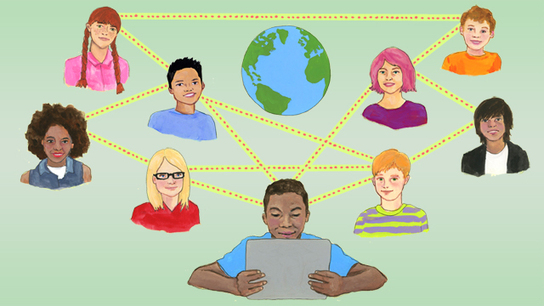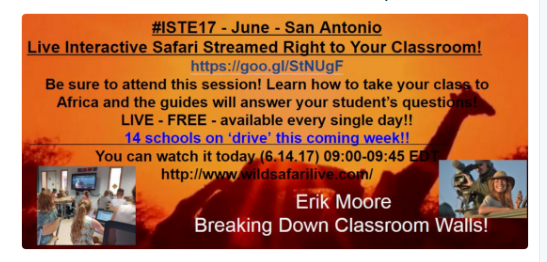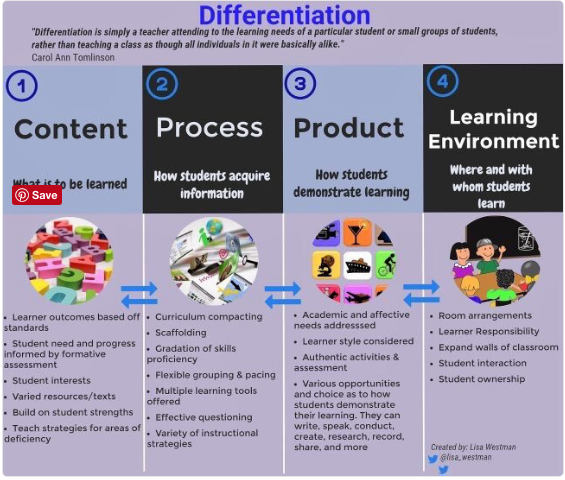
Curating a ScoopIt Board on student-driven learning was probably one of my favorite assignments in the MET program so far! Our assignment required us to first create a checklist of 15+ criteria, “Based on your readings, develop a checklist of 15 to 20 criteria that will serve as a tool for assessing the quality and value of an education-related curated topic” with two other students in our class. After creating the checklist, we had to “Use a tool specific for curation (e.g, Scoopit, Educlipper, LessonPaths, PearlTrees), curate a topic of your choice, applicable to your content areas and/or grade level” and then use the criteria checklist to self-assess the value of my curated topic.
I chose to use ScoopIt as my curation tool. I looked at a variety of curation tools and felt ScoopIt offered a visually pleasing way to present my topic. Student-centered learning has been an area I have wanted to investigate further and integrate into my teaching pedagogy, so I felt it was a good fit for this assignment. After reading through and assessing articles and multi-media related to my topic, I created my ScoopIt board based on our group’s criteria:
- Seek Specific, Current Content: I made sure all of my content fit the specific category and chose articles written within the past 5 years.
- Select Content with an Evaluative Eye: I looked for content that
- Think Critically: The content I chose gives a comprehensive look at student-centered learning and allows the viewers to explore the topic in depth.
- Sort Content in a Meaningful Way and Arrange Collection in an Organized Manner: I arranged the content to flow from the ‘what’, to the ‘why’, to the ‘how’ of student-centered learning as I felt this was the most logical approach.
- Editorialize to Ensure Sources are Credible: The content is curated from reliable sources including educational journals and recognized experts in the field of education.
- Create a Meaningful Story Out of Your Content: The content creates a storyboard that is easy to follow.
- Share Content in an Accessible Way: ScoopIt is a content curation tool that allows direct connection and publication to social media sites.
- Invite Viewers to Join the Conversation: By posting on Facebook, Twitter, and Google+ I hope to generate a good conversation about this topic.
I hope to continue developing my understanding of the importance and value of student-centered learning and make it the framework of my teaching pedagogy.



 I can’t rave enough about the benefit of following #Twitter feeds for “just-in-time” professional development (PD)! In the few years that I have been on Twitter, I have made new friends from around the world, built a supportive & informative PLN, and added multiple ideas to my “teacher’s toolbox”. To say Twitter has revolutionized my teaching practice and philosophy may be an understatement!
I can’t rave enough about the benefit of following #Twitter feeds for “just-in-time” professional development (PD)! In the few years that I have been on Twitter, I have made new friends from around the world, built a supportive & informative PLN, and added multiple ideas to my “teacher’s toolbox”. To say Twitter has revolutionized my teaching practice and philosophy may be an understatement!
